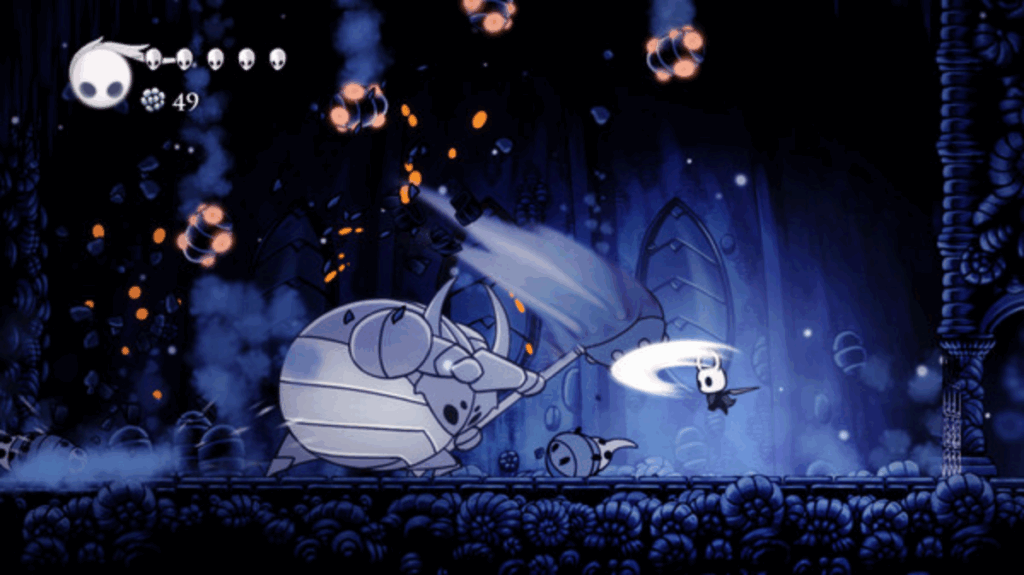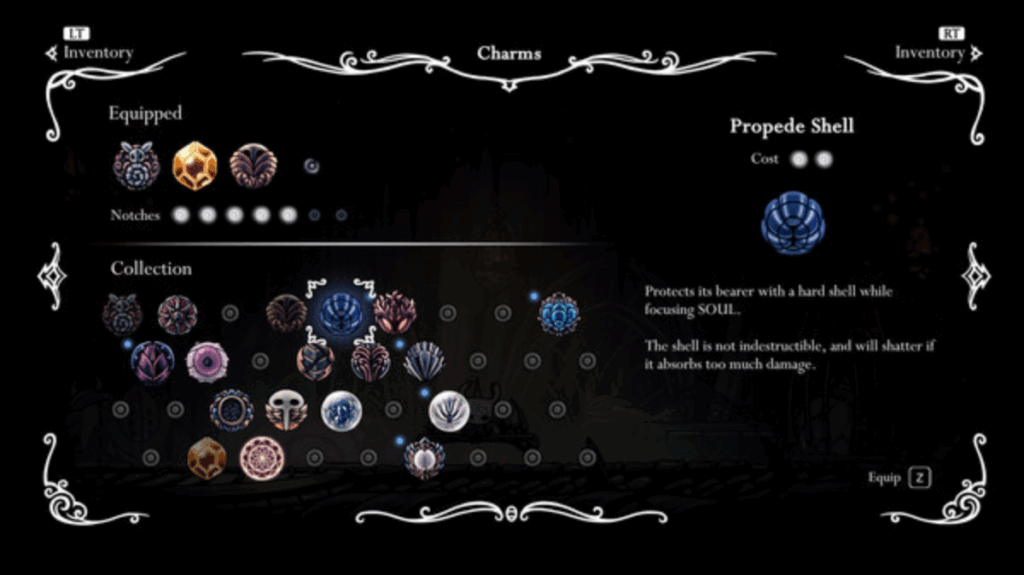Metroidvania games like Hollow Knight, Ori and the Blind Forest, and the Castlevania series are known for their layered exploration, rich lore, and progressive unlock mechanics. Players move through vast, interconnected maps that reveal new areas as abilities are acquired. For localization teams, these games present a specific set of challenges: maintaining the game’s atmosphere, ensuring clarity in puzzle design, and preserving consistency across expansive worlds.
Let’s explore what it takes to localize these intricate titles for players around the globe.
World-Building that Translates Across Cultures
Metroidvania games rely on immersive environments and detailed world-building. Every place name, item description, and line of dialogue helps shape a game’s atmosphere. The overall goal for localization teams? To adapt this content without diluting the original tone.
In Hollow Knight, for example, the desolate kingdom of Hallownest comes to life through cryptic text, symbolic names, and fragmented storytelling. A single mistranslation, therefore, could shift the game’s mood or obscure a narrative clue. That’s why localization teams often collaborate closely with developers to maintain tone and intent while adapting cultural references for different regions.

Similarly, in Ori and the Blind Forest, translators must tread carefully. Here, the tone is highly emotional and poetic, and it’s reinforced in key stages by an omniscient narrator who is literally a force of the natural world. Even subtle shifts in word choice, cadence, and the length of pauses and silences can change how a player experiences key story moments that are meant to be conveyed with poignancy and nuance.
Puzzles and Progression: Clarity Without Spoilers
Puzzle-solving is central to Metroidvania games, and clues are often hidden in item descriptions, background dialogue, and even environment design. That means localization teams must be mindful on several levels about preserving the challenge of the original version, while ensuring the localization of these hints garners clues that are neither too obvious nor too vague for target audiences. After all, nobody likes spoilers—and confusion isn’t any fun, either!
In games like Castlevania: Symphony of the Night, puzzles frequently hinge on wordplay or subtle hints. Direct translation of these puzzles, therefore, just won’t cut it when it comes to engaging diverse audiences. Localization teams must recreate such clues in a way that makes sense both culturally and linguistically, while sustaining the original level of difficulty intended by the developers.
Likewise, Hollow Knight uses environmental storytelling to guide the player. Translators have to walk a fine line between clarity and ambiguity in these instances, making sure the player stays immersed in the gameplay while still receiving the information they need to advance.
Navigation, Abilities, and Seamless Exploration
With sprawling maps and ability-gated progression, Metroidvania games depend on clear communication. Tooltips, and map instructions must be easy to understand while fitting the tone of the world, and navigation terms also need to remain consistent so that when players revisit an area, location names and directional instructions continue to guide them smoothly.
Ability names, too, must be treated with great care, because player progression sometimes depends on how well these names resonate. For example, in Hollow Knight, abilities like “Mothwing Cloak”, “Monark Wings” or “Shade Cloak” serve both functional and narrative purposes. In Ori and the Will of the Wisps, the very act of gaining new abilities is essential to opening previously inaccessible areas.
Localization teams adapt ability names to retain their original context, while clearly signaling in the target language what each power does. Poor adaptation can result in player confusion, which can interrupt their gameplay or cause them to miss progression cues.

Managing Terminology for Every Iteration
Navigation isn’t the only facet of Metroidvania gameplay that requires consistency. From skill trees to upgrades, the entire catalogue features layered progression systems that rely on consistent naming. As with any other poorly adapted game element, a misaligned term can confuse players or break their immersion.
Key to the localization team’s success is the creation and maintenance of term databases and QA processes. This guarantees that once they lock in a term, it stays consistent across all content updates and expansions.

Respecting Cultural References Without Losing Meaning
Many Metroidvania titles draw from historical, religious, or cultural sources. Adapting these elements respectfully is key to successfully resonating with a global audience.
Castlevania, with its roots in Gothic and Eastern European mythology, includes symbols and themes that require careful handling. Localization teams ensure they preserve references where appropriate and adapt them when necessary so that they never alienate the audience.
This sensitive approach allows players, no matter who they are or where they’re playing, to experience the same emotional and cultural impact.
The Takeaway
The localization of Metroidvania games demands a delicate balance of creativity, consistency, and attention to cultural nuance. From maintaining atmospheric world-building to adapting complex puzzles and navigation, localizers work meticulously to deliver an immersive and engaging experience to players worldwide. By meeting these challenges head-on, localization teams help bring the intricately designed worlds of Metroidvania to life for players worldwide, ensuring that everyone can enjoy the journey, no matter what language they speak.



